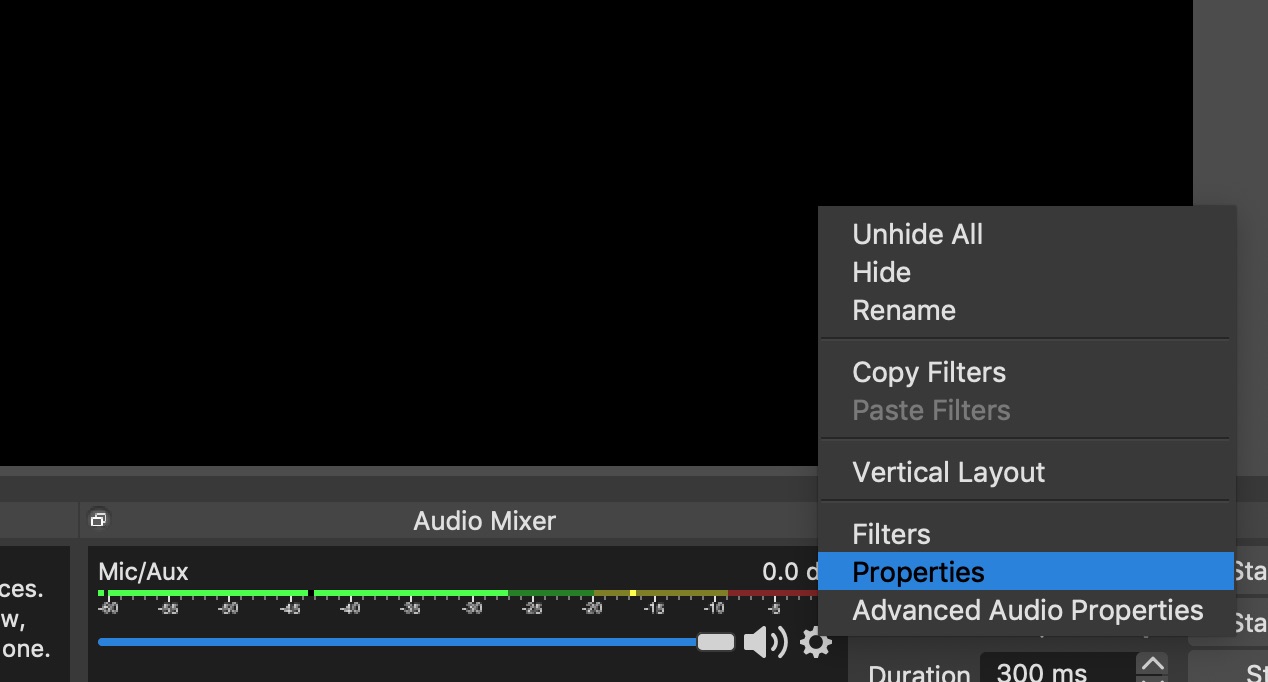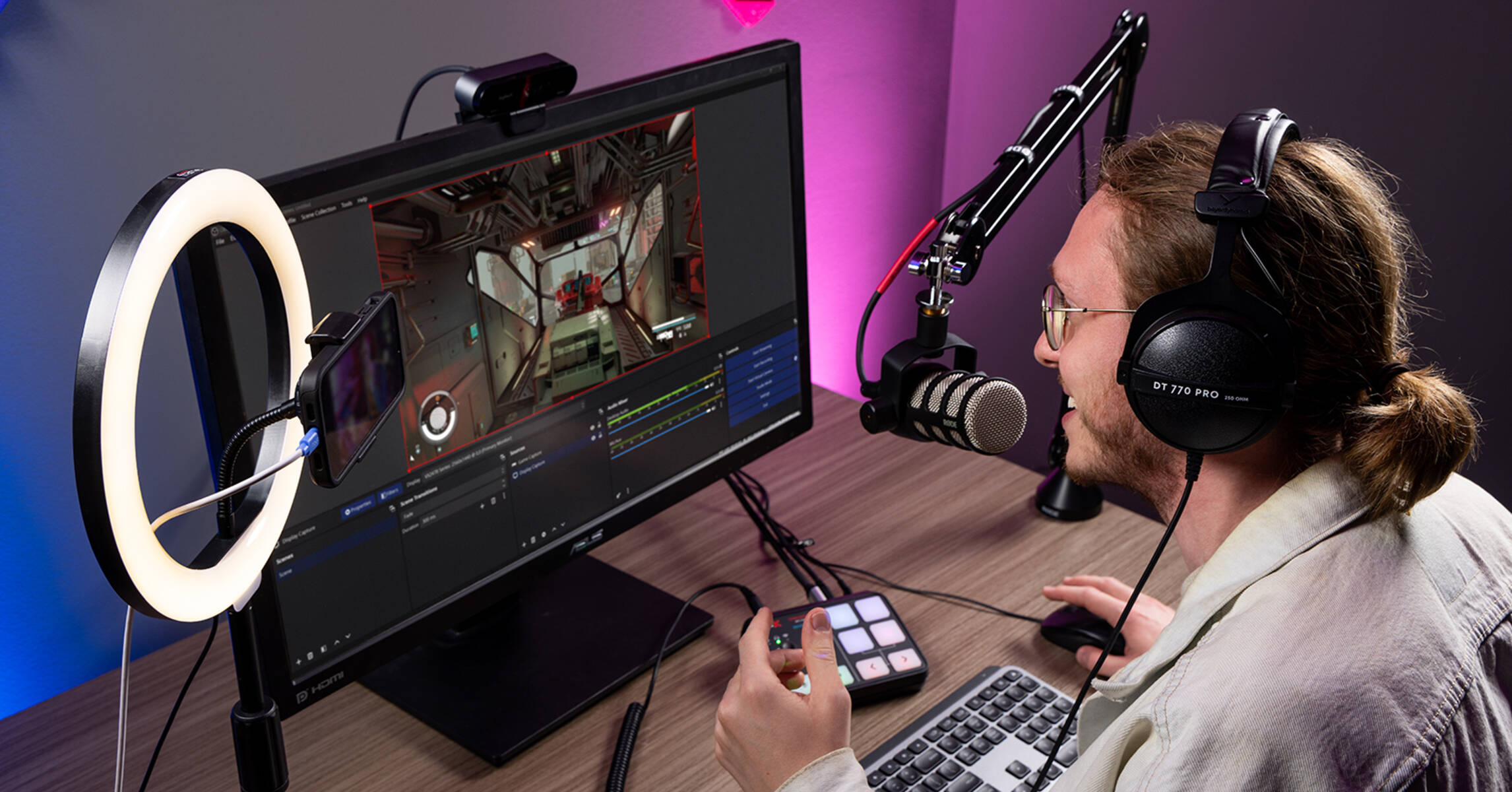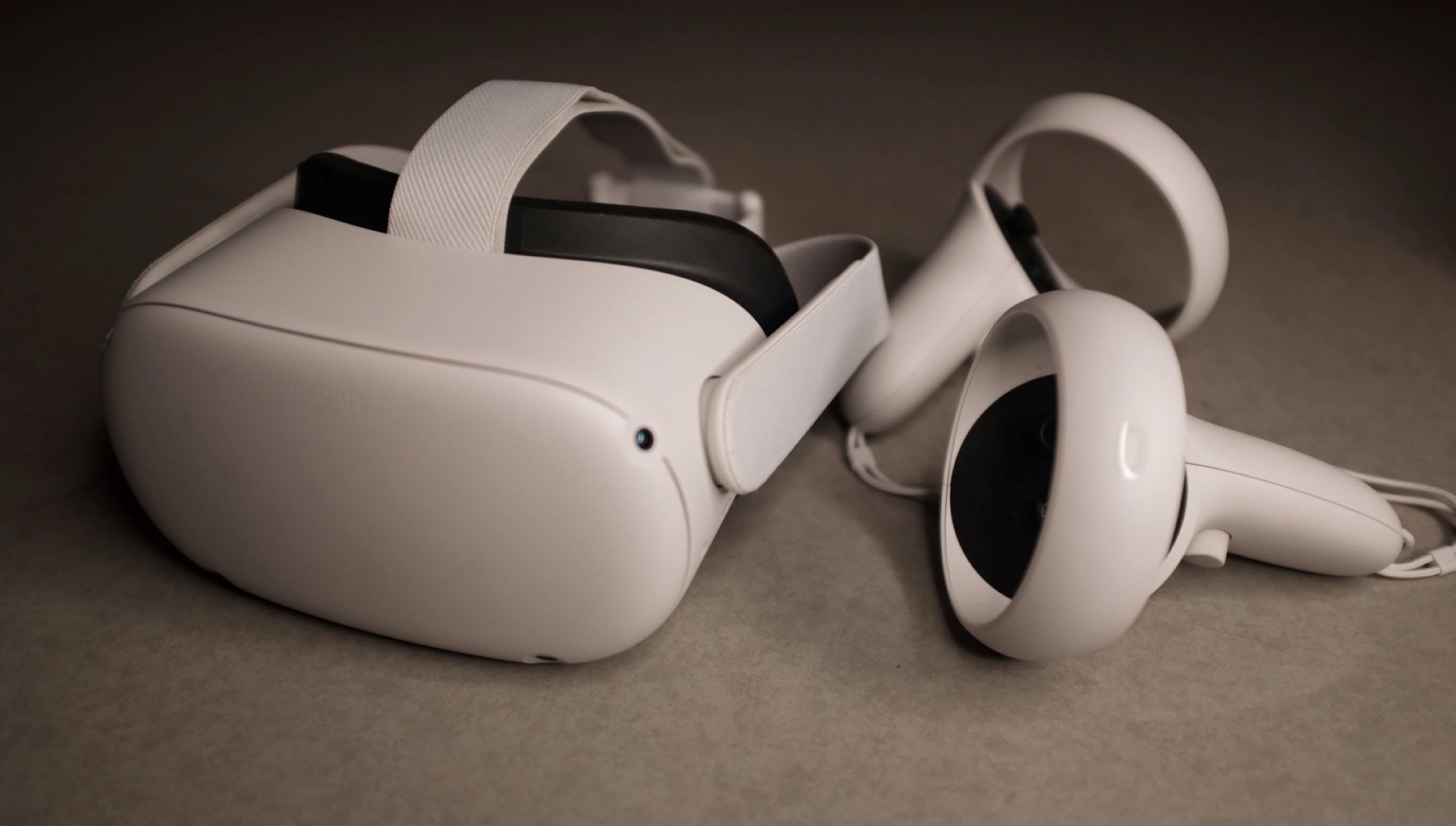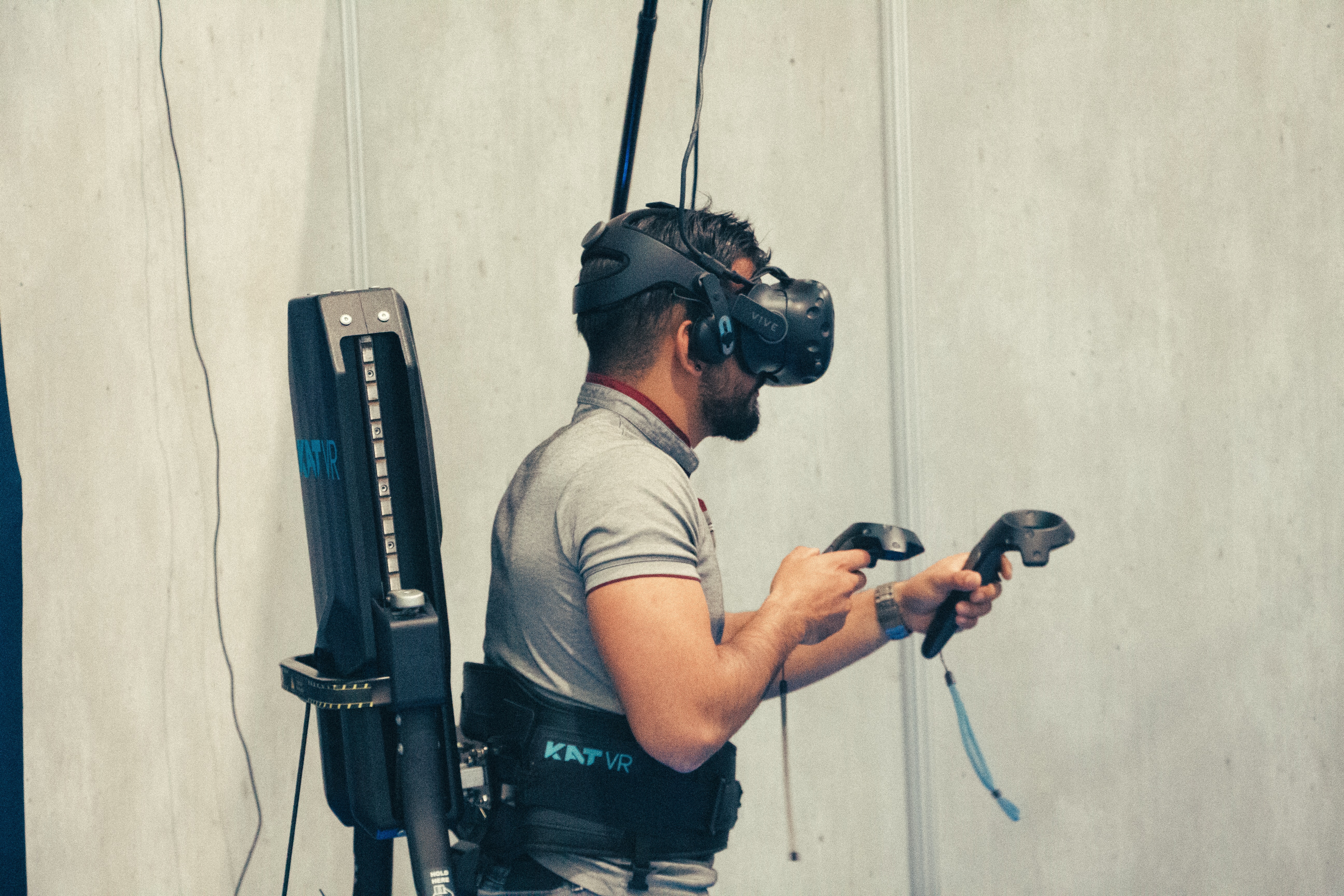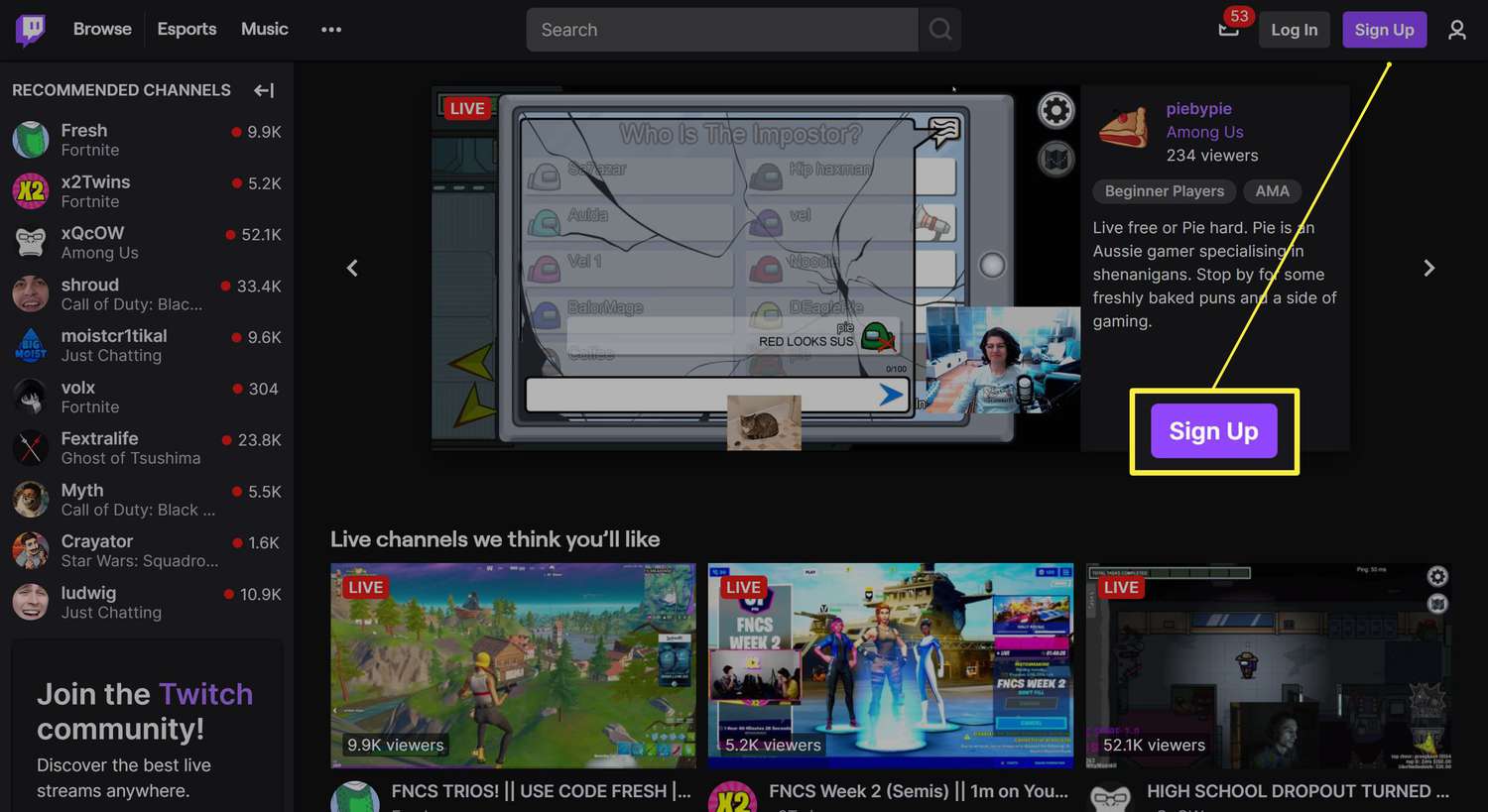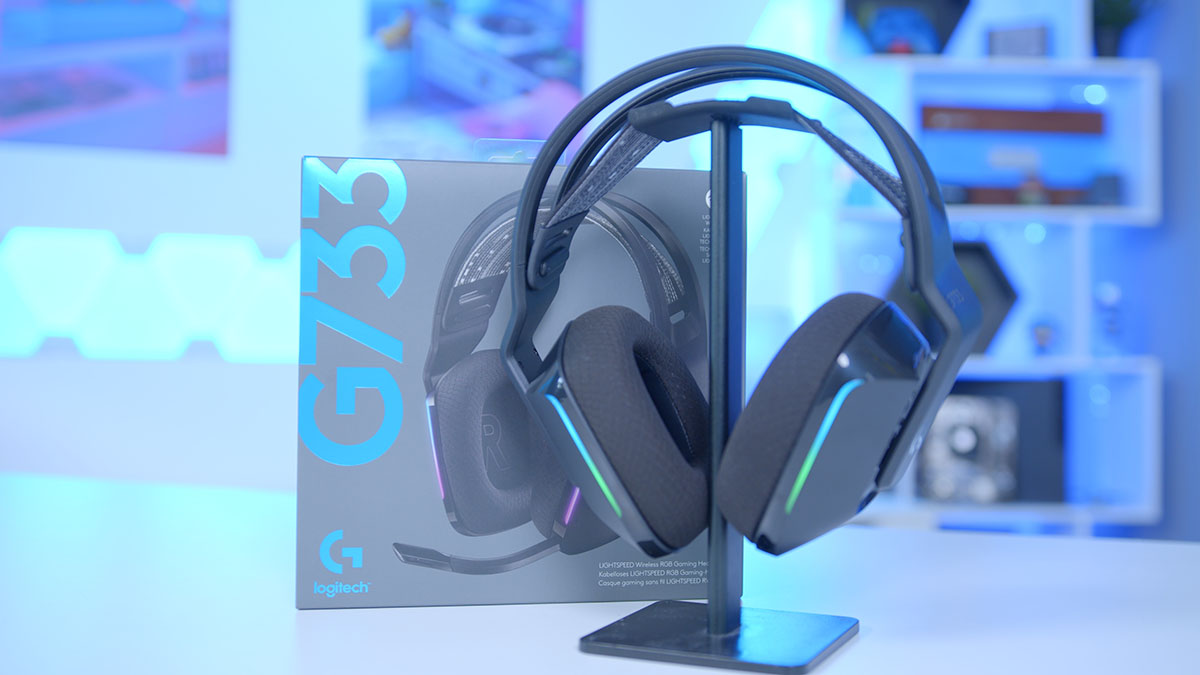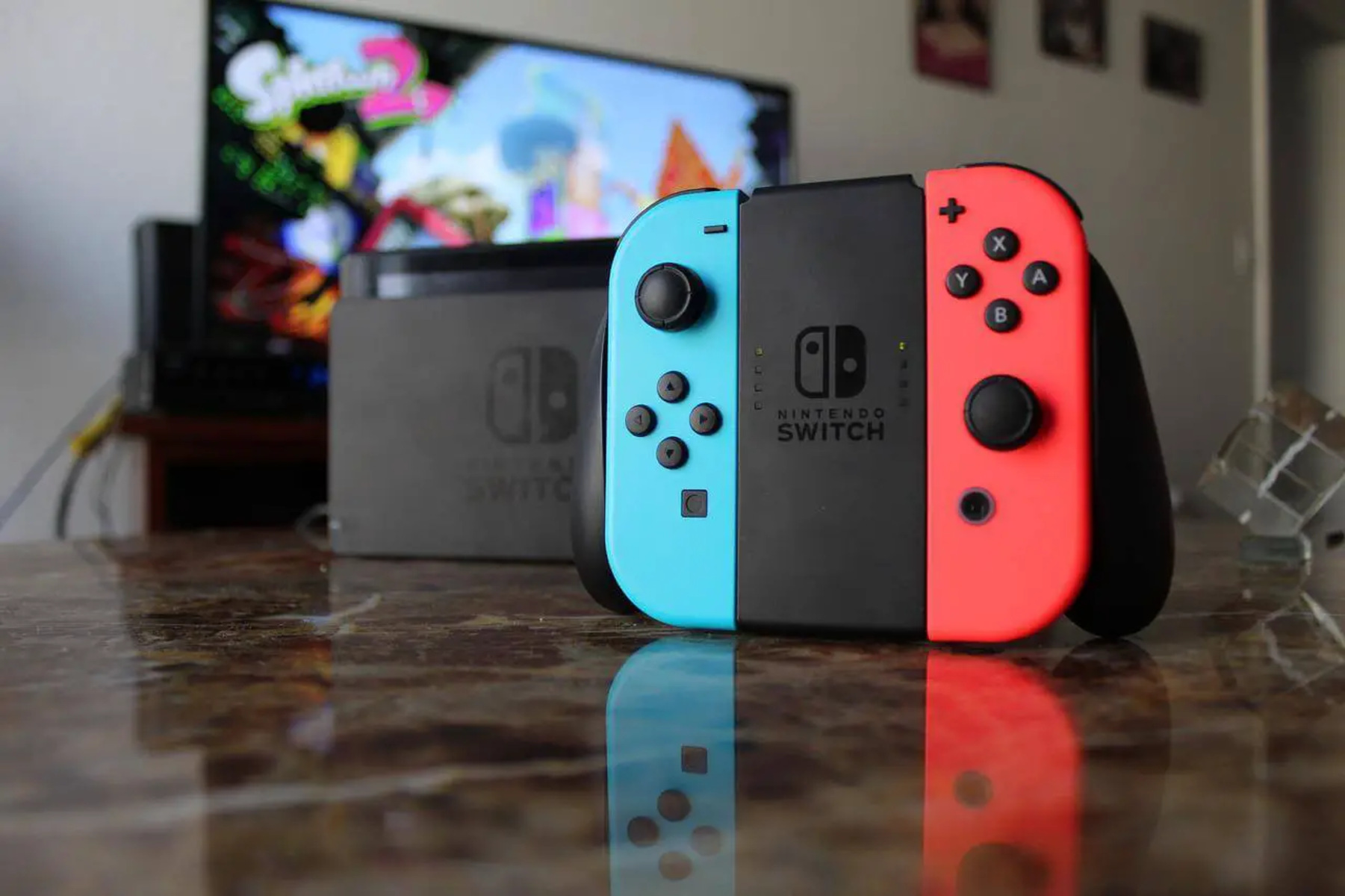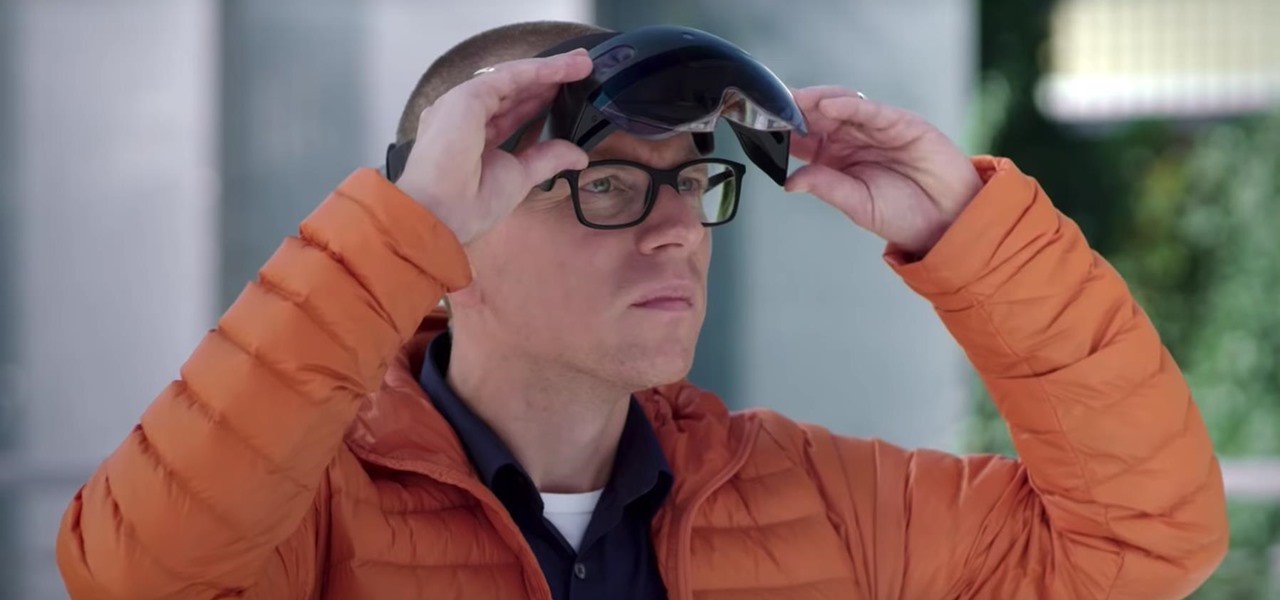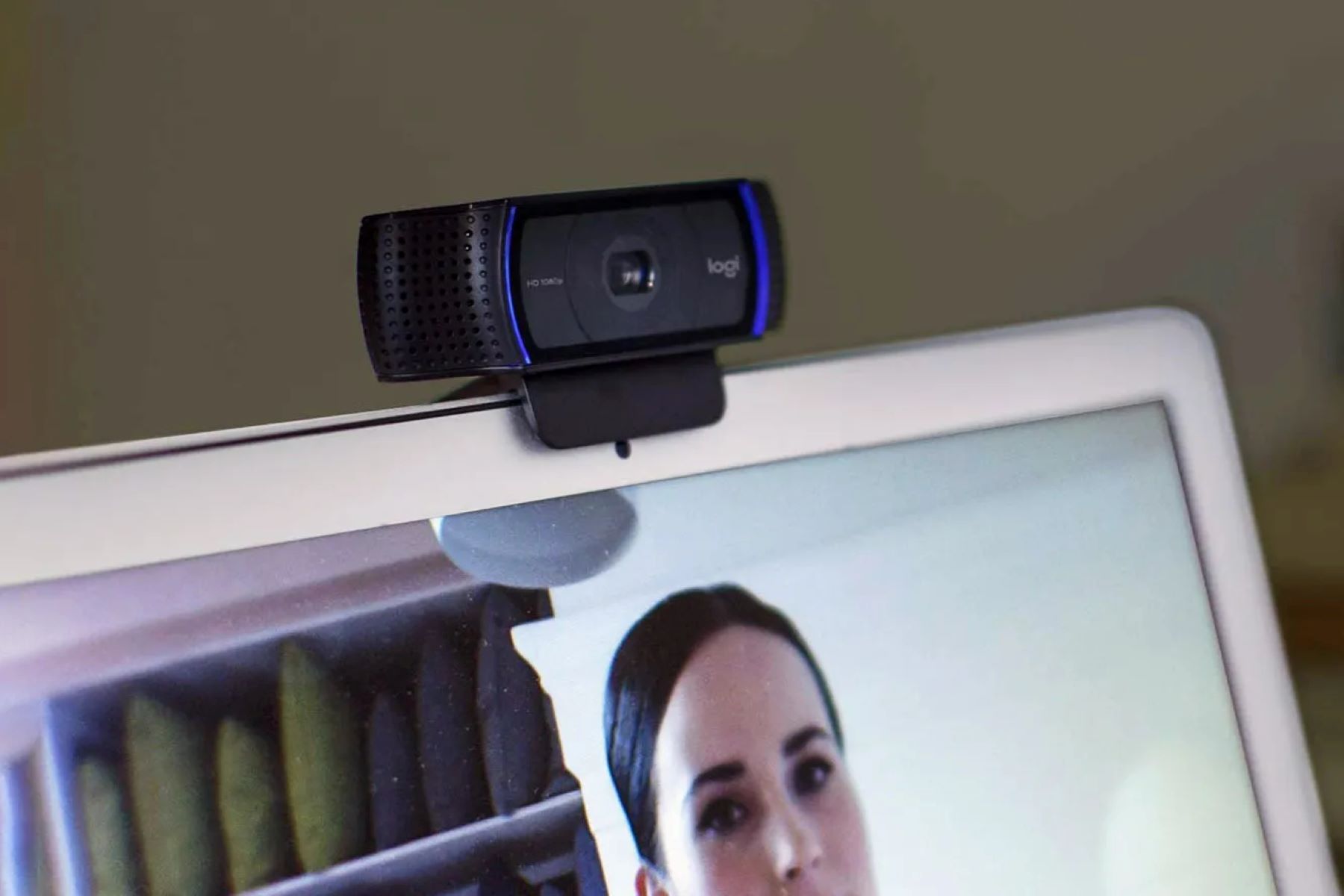Introduction
Setting up your headset for optimal audio performance on OBS (Open Broadcaster Software) is essential for creating high-quality content. Whether you're live streaming your gaming sessions, conducting virtual meetings, or recording tutorials, a well-configured audio setup can significantly enhance the overall viewer experience. By ensuring that your headset is properly integrated with OBS, you can deliver clear, crisp sound that captivates your audience and elevates the production value of your content.
In this comprehensive guide, we'll walk through the step-by-step process of configuring your headset on OBS. From checking your headset's compatibility to adjusting audio levels, we'll cover all the essential aspects to help you achieve professional-grade audio output. By following these instructions, you'll be able to seamlessly integrate your headset into OBS, allowing you to focus on creating engaging content without worrying about technical audio issues.
Let's dive into the intricacies of setting up your headset on OBS, empowering you to harness the full potential of your audio equipment and elevate the quality of your broadcasts and recordings. Whether you're a seasoned content creator or just getting started with live streaming and content production, mastering the art of configuring your headset on OBS will undoubtedly enhance the overall impact of your audio content.
Step 1: Checking Your Headset Compatibility
Before delving into the setup process, it's crucial to ensure that your headset is compatible with OBS. Compatibility issues can lead to audio distortion, latency, or even complete failure to capture sound, ultimately undermining the quality of your content. Here's how to verify your headset's compatibility:
-
Hardware Specifications: Begin by reviewing the hardware specifications of your headset. Check for compatibility with the operating system and hardware requirements of your computer. Ensure that the headset is compatible with the audio input/output ports on your system. Some headsets may require specific drivers or software to function optimally, so it's essential to verify compatibility with your operating system.
-
Driver Installation: If your headset requires specific drivers, ensure that they are installed and updated to the latest version. Outdated drivers can lead to compatibility issues and hinder the seamless integration of your headset with OBS.
-
Connection Type: Consider the connection type of your headset. Whether it's USB, 3.5mm audio jack, Bluetooth, or wireless connectivity, ensure that your computer recognizes the headset and can establish a stable connection. Some headsets may require additional settings or configurations to function correctly with OBS.
-
Microphone Compatibility: If your headset incorporates a microphone, verify its compatibility with OBS. Ensure that the microphone is detected as an audio input device by your computer and that it delivers clear, distortion-free sound. OBS should be able to recognize the microphone as a selectable audio input source.
-
Software Compatibility: Check for any specific software requirements or compatibility issues between your headset and OBS. Some headsets may have proprietary software that enhances audio performance or provides additional features. Ensure that such software does not conflict with OBS and that it seamlessly integrates with the broadcasting software.
By meticulously assessing the compatibility of your headset with OBS, you can preemptively address any potential issues and streamline the setup process. This proactive approach ensures that your headset is fully optimized for use with OBS, laying a solid foundation for achieving exceptional audio quality in your content creation endeavors.
Step 2: Selecting Your Headset as Audio Input
Once you have confirmed the compatibility of your headset with OBS, the next crucial step is to select your headset as the designated audio input source within the OBS software. This pivotal configuration ensures that the audio captured by your headset is seamlessly integrated into your live streams or recordings, delivering pristine sound quality to your audience. Here's a comprehensive guide on how to accomplish this essential task:
-
Launch OBS: Begin by launching the OBS software on your computer. Once the application is up and running, navigate to the main interface where you have access to the various scenes and sources for your content.
-
Access Audio Settings: Look for the "Settings" option within OBS and click on it to access the settings menu. From there, select the "Audio" tab, which houses the configuration options related to audio input and output devices.
-
Choose Audio Input Device: Within the "Audio" tab, locate the "Audio Input Device" dropdown menu. Click on the dropdown menu to reveal a list of available audio input devices recognized by your computer. Your headset should be listed among the available options, typically identified by its specific model or brand name.
-
Select Your Headset: From the dropdown menu, select your headset as the preferred audio input device. This action designates your headset as the primary source for capturing audio within OBS. Ensure that the headset is selected with precision to avoid inadvertently capturing sound from an unintended source.
-
Adjust Audio Settings (Optional): Depending on your specific audio requirements, you may need to fine-tune the audio settings associated with your headset. This can include adjusting the input volume, microphone sensitivity, or any additional audio processing features offered by your headset. OBS provides granular control over audio settings, allowing you to tailor the audio input parameters to suit your preferences.
-
Confirm Selection: Once you have selected your headset as the audio input device and made any necessary adjustments to the audio settings, confirm the changes within OBS. This solidifies the integration of your headset into the audio capture pipeline of OBS, ensuring that the software recognizes and prioritizes the audio input from your headset.
By meticulously following these steps, you effectively designate your headset as the primary audio input source within OBS, laying the groundwork for capturing high-fidelity sound during your live streams or recordings. This pivotal configuration empowers you to harness the full potential of your headset, delivering immersive audio experiences to your audience while maintaining seamless compatibility with OBS.
Step 3: Adjusting Audio Levels
Once your headset is selected as the audio input device in OBS, it's imperative to fine-tune the audio levels to ensure optimal sound quality and balance. Adjusting the audio levels not only enhances the clarity of the captured audio but also prevents distortion and ensures that your audience enjoys a seamless auditory experience. Here's a detailed walkthrough of the process:
1. Monitoring Audio Levels
Begin by monitoring the audio levels within OBS to gauge the intensity of the sound being captured by your headset. OBS provides visual indicators that represent the audio input levels, allowing you to observe the amplitude of the captured sound in real time. This visual feedback is instrumental in identifying any potential audio issues, such as clipping or excessively low levels, which can compromise the overall audio quality.
2. Utilizing Audio Meters
Leverage the built-in audio meters within OBS to monitor the audio levels accurately. The audio meters display the amplitude of the incoming audio signal, enabling you to ascertain whether the audio levels are within an optimal range. By closely monitoring these meters, you can make informed adjustments to the audio levels, ensuring that the sound remains clear and balanced throughout your live streams or recordings.
3. Adjusting Input Gain
If your headset features adjustable input gain or microphone sensitivity settings, consider making precise adjustments to optimize the audio input levels. Increasing the input gain can amplify the captured audio, while reducing it can mitigate any potential distortion caused by excessively high input levels. Fine-tuning the input gain allows you to achieve a balanced audio input, ensuring that the sound remains clear and free from undesirable artifacts.
4. Avoiding Clipping
Pay close attention to the audio meters to prevent audio clipping, which occurs when the input levels exceed the maximum capacity, resulting in distorted and unpleasant sound. By carefully adjusting the input gain and monitoring the audio meters, you can effectively mitigate the risk of clipping, preserving the integrity of the captured audio and delivering a polished auditory experience to your audience.
5. Testing and Iterating
After making adjustments to the audio levels, conduct thorough testing to evaluate the impact of the changes. Perform test recordings or live streams, and attentively listen to the captured audio to assess its quality. If necessary, iterate on the adjustments to achieve the desired audio balance and clarity, ensuring that your headset delivers impeccable sound performance within the OBS environment.
By meticulously adjusting the audio levels, you optimize the sound output of your headset, elevating the overall audio quality of your content. This meticulous fine-tuning process empowers you to deliver captivating audio experiences to your audience, setting the stage for immersive and engaging content creation within the realm of OBS.
Step 4: Testing Your Audio Setup
After configuring your headset on OBS and adjusting the audio levels, it's imperative to thoroughly test your audio setup to ensure that it performs optimally under real-world conditions. Rigorous testing allows you to validate the effectiveness of the configurations and identify any potential issues that may impact the quality of your audio output. Here's a comprehensive overview of the testing process:
1. Test Recording
Initiate a test recording within OBS to capture a sample segment of audio using your configured headset. This recording serves as a practical assessment of the audio quality, allowing you to evaluate the clarity, balance, and fidelity of the captured sound. During the test recording, engage in typical activities that align with your content creation objectives, such as speaking into the microphone, engaging in dynamic speech, or simulating scenarios relevant to your content genre.
2. Audio Playback
After completing the test recording, play back the recorded audio to critically assess its quality. Listen attentively to the playback, focusing on aspects such as vocal clarity, background noise levels, and overall sound consistency. Pay particular attention to the nuances of the captured audio, ensuring that it aligns with your expectations for high-quality sound reproduction. By actively engaging in the playback process, you can discern any potential audio irregularities and address them proactively.
3. Live Stream Simulation
If your primary use case involves live streaming, consider simulating a live streaming session within OBS using your configured headset. This simulation allows you to replicate the real-time audio capture and broadcasting environment, providing valuable insights into the performance of your audio setup under dynamic conditions. As you engage in the simulated live stream, observe the real-time audio levels, monitor for any unexpected audio artifacts, and assess the overall coherence of the audio output.
4. Audience Feedback (Optional)
If feasible, seek feedback from trusted individuals or a select audience segment regarding the quality of the audio output during the testing phase. External feedback can offer diverse perspectives and unearth nuanced observations that may not be immediately apparent during individual testing. By soliciting feedback, you gain valuable insights into the audience's perception of the audio quality, enabling you to refine your audio setup based on real-world feedback.
5. Iterative Refinement
Based on the outcomes of the testing phase, iterate on the configurations and adjustments to further refine your audio setup. Address any identified issues, fine-tune the audio levels, and revisit the configuration parameters within OBS to optimize the performance of your headset. Iterative refinement is instrumental in achieving an impeccable audio setup that aligns with your content creation goals and resonates with your audience.
By meticulously testing your audio setup, you validate the efficacy of the configurations, identify potential areas for improvement, and ensure that your headset delivers exceptional audio performance within the OBS environment. This rigorous testing phase solidifies the integrity of your audio setup, empowering you to create captivating content with confidence and precision.
Conclusion
In conclusion, the process of configuring your headset on OBS is a pivotal endeavor that directly influences the quality and impact of your content. By meticulously following the steps outlined in this guide, you have effectively established a seamless integration between your headset and OBS, harnessing the full potential of your audio equipment to deliver captivating auditory experiences to your audience.
Ensuring the compatibility of your headset with OBS sets the foundation for a robust audio setup, preemptively addressing potential compatibility issues and laying the groundwork for a smooth configuration process. Selecting your headset as the designated audio input source within OBS empowers you to capture pristine sound, while fine-tuning the audio levels ensures optimal audio quality and balance. Thoroughly testing your audio setup under real-world conditions validates the effectiveness of the configurations, allowing you to refine and optimize the performance of your headset within the OBS environment.
By diligently navigating through each step of the setup process, you have not only fortified the technical aspects of your audio setup but also cultivated an environment where your creativity and content creation endeavors can flourish. The seamless integration of your headset with OBS liberates you from technical audio constraints, allowing you to focus on crafting engaging content without the burden of audio-related intricacies.
As you embark on your content creation journey, armed with a meticulously configured headset on OBS, you are poised to captivate your audience with immersive audio experiences that resonate with clarity and impact. Whether you're live streaming exhilarating gaming sessions, conducting engaging virtual meetings, or crafting informative tutorials, the optimized audio setup serves as a cornerstone of your content production arsenal, elevating the overall quality and professionalism of your endeavors.
Embrace the art of audio configuration as a conduit for delivering compelling narratives, fostering meaningful connections, and leaving a lasting impression on your audience. Your meticulously configured headset on OBS is not merely a technical facet of your content creation toolkit; it is a catalyst for transforming your creative vision into captivating reality, enriching the lives of your audience through the power of immersive audio experiences.
In the realm of content creation, where every detail contributes to the tapestry of engagement and resonance, your meticulously configured audio setup on OBS stands as a testament to your commitment to excellence and your unwavering dedication to delivering impactful, high-quality content. Harness the potential of your audio equipment, leverage the capabilities of OBS, and embark on a transformative journey of content creation, where every sound is a symphony of creativity and every moment resonates with the power of immersive audio experiences.







